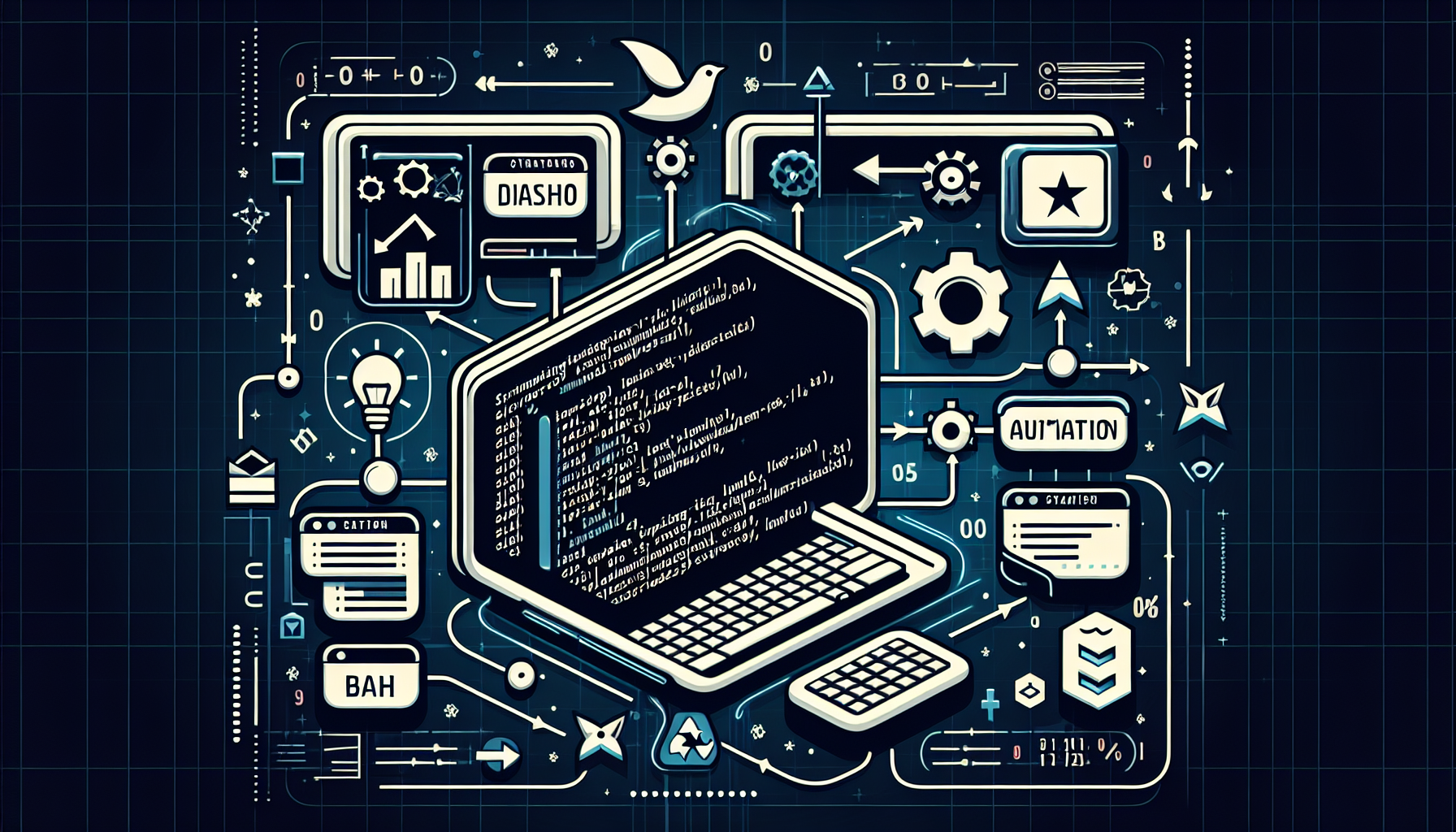Enhancing DevOps Collaboration with Virtual Reality: The Future of Remote Teams Interaction
With the advent of advanced technologies that bridge the gap between virtual and physical worlds, Virtual Reality (VR) is reshaping how remote teams collaborate, especially in the DevOps sector. This blog post explores the integration of VR into DevOps practices, detailing its benefits, implementation strategies, and real-world applications.
Virtual Reality in DevOps Collaboration
The integration of VR in DevOps aims to enhance the way teams interact, troubleshoot, and manage operations in a virtual environment that simulates real-world settings. This technology fosters a more immersive and interactive collaboration experience.
Why VR for DevOps?
- Enhanced Interaction: VR provides a 3D space where team members can interact more naturally and efficiently than through traditional video calls.
- Real-Time Problem Solving: Enables teams to visualize complex systems and infrastructures in 3D, making it easier to identify and resolve issues.
- Training and Simulation: Facilitates effective training scenarios that replicate real-world challenges without the associated risks or costs.
- Continuous Integration and Deployment Visualization: Teams can watch real-time updates and modifications to codebases and infrastructures in a visually comprehensible manner.
Tools and Technologies
- VR Headsets: Devices like Oculus Rift, HTC Vive, and others that provide the immersive experience.
- Collaborative Platforms: Software solutions designed to support VR such as Tilt Brush, Unity, or Unreal Engine for creating interactive models.
- Communication Software: Specialized VR tools for meetings and team animations that allow annotations and modifications in real-time.
Implementing VR in Your DevOps Cycle
Incorporating VR into your DevOps processes involves several steps:
- Assessment of Needs and Resources: Determine what aspects of your DevOps processes could benefit the most from VR.
- Technology Integration: Select appropriate VR hardware and software that align with your team’s needs and existing infrastructure.
- Training and Adoption: Conduct training sessions to familiarize your team with VR technology and its use in your processes.
- Testing and Feedback: Implement VR in phases, collecting feedback and making adjustments as necessary.
Challenges and Considerations
While promising, introducing VR into DevOps is not devoid of challenges. These include:
- High Initial Cost: Investment in VR hardware and software can be substantial.
- Technical Expertise: Requires technical knowledge to integrate and maintain VR solutions effectively.
- User Experience Issues: Potential health issues related to long term use of VR headsets, such as eye strain or motion sickness.
Case Studies: VR Transforming DevOps Realities
Several organizations have begun experimenting with VR to resolve collaboration challenges in DevOps setups:
- Example Corp. utilizes VR headsets to conduct real-time code reviews and collaborative debugging sessions.
- Tech Innovations Inc. simulates network setup in VR, allowing engineers to virtually walk through and optimize new network infrastructures.
Conclusion
Virtual Reality in DevOps is paving the way for more dynamic and efficient remote collaboration. While it presents certain challenges, the benefits in terms of enhanced interaction, problem-solving capabilities, and training opportunities can significantly outweigh the obstacles. As technology progresses, VR in DevOps is set to become a mainstream tool, potentially reshaping the future of remote team interactions across various industries.




